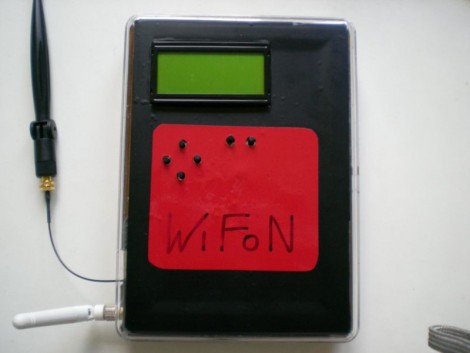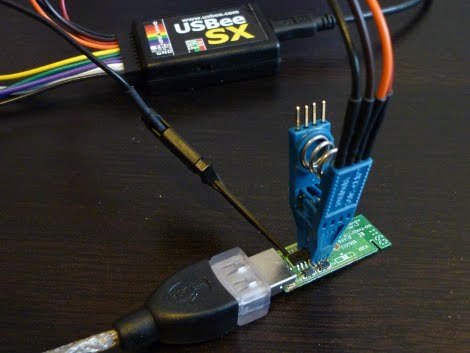
The WiFi Aerial Surveillance Platform, or WASP for short, is an autonomous drone aircraft that sniffs out WiFi networks. But it packs a much larger punch than that. Built into this US Army surplus target drone you’ll find an ITX form-factor computer with a Via C7 500 MHz processor that is running Backtrack 4, the popular penetration testing Linux suite. But what if you want to do some real heavy lifting that the onboard PC can’t handle quickly? They’ve thought of that too. There’s an integrated 3G modem which allows for control over the Internet and facilitates the outsourcing of load-intensive operations to the cloud. It’s not shooting fireworks from the wings, but this payload has the potential to cause way more trouble.
[Thanks Spore]















